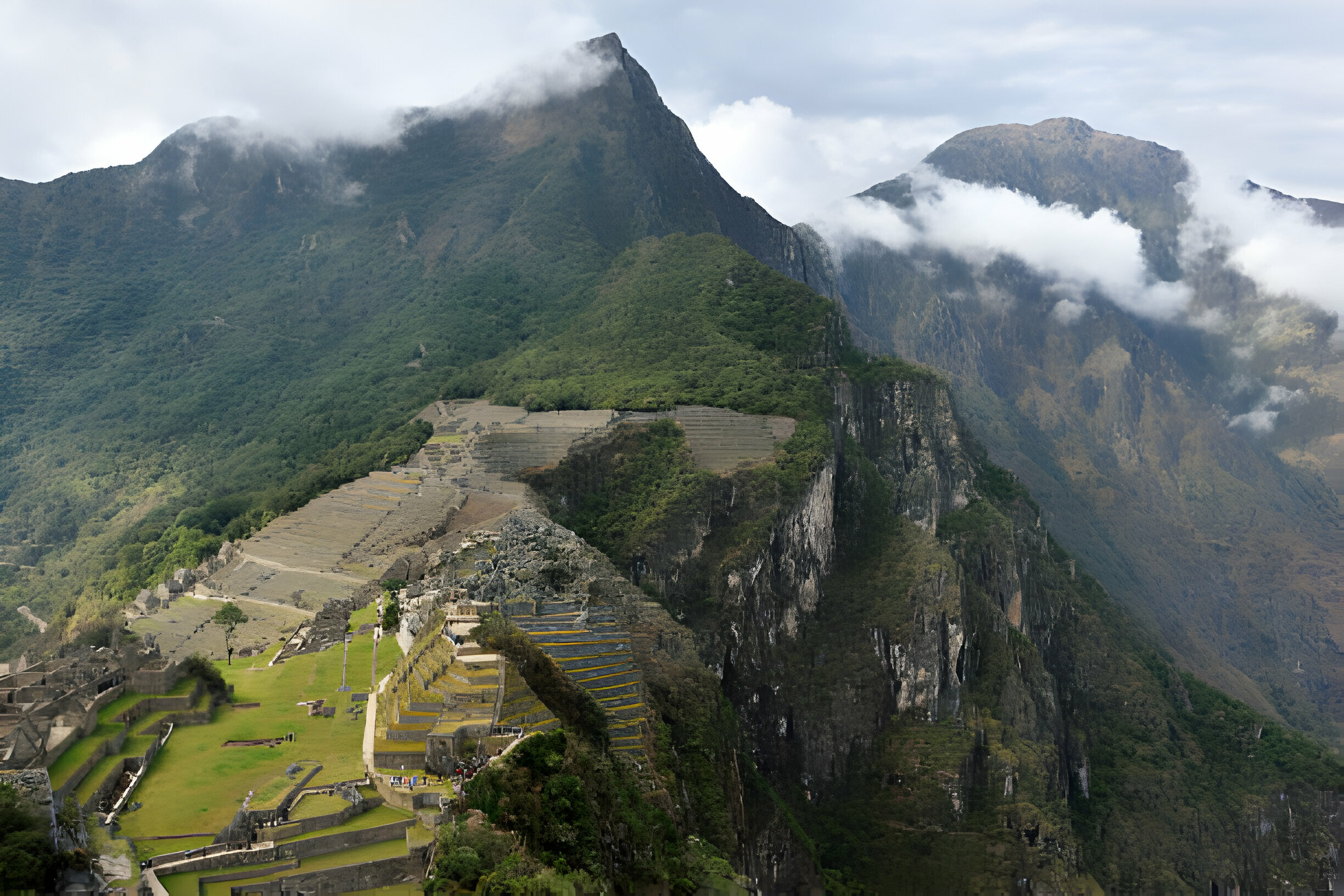Machu Picchu, often referred to as the “Lost City of the Incas,” continues to intrigue and captivate scholars and visitors alike with its mysterious origins and purpose. While the exact reasons for its construction remain a subject of debate among historians and archaeologists, several theories shed light on why Machu Picchu was built:
- Religious and Spiritual Center: Many researchers believe that Machu Picchu served as a religious sanctuary and ceremonial center for the Inca civilization. Its strategic location amidst the Andean mountains and alignment with celestial events suggest its significance in Inca cosmology and religious rituals.
- Royal Retreat: Some experts argue that Machu Picchu was a royal estate or retreat for Inca rulers and nobles. Its secluded location and luxurious features, including finely crafted stonework and elaborate terraces, support this theory.
- Astronomical Observatory: The precise alignment of certain structures at Machu Picchu with astronomical phenomena, such as solstices and equinoxes, has led to speculation that it may have functioned as an astronomical observatory or calendar site for tracking celestial events.
- Agricultural Experimentation: The terraced agricultural fields and irrigation systems at Machu Picchu suggest that it may have been used for agricultural experimentation and research by the Inca civilization, exploring innovative techniques for cultivating crops in the challenging Andean environment.
Ultimately, Machu Picchu likely served multiple purposes for the Inca civilization, fulfilling religious, political, agricultural, and social functions. Its enigmatic nature continues to fuel curiosity and inspire awe, making it one of the most iconic and cherished archaeological sites in the world.










Comment (0)